Karamba3D
Karamba3D is an interactive, parametric engineering tool that allows you to perform quick and accurate Finite Element Analysis (FEA). It has been specially tailored to the needs of design professionals in the early design phases.
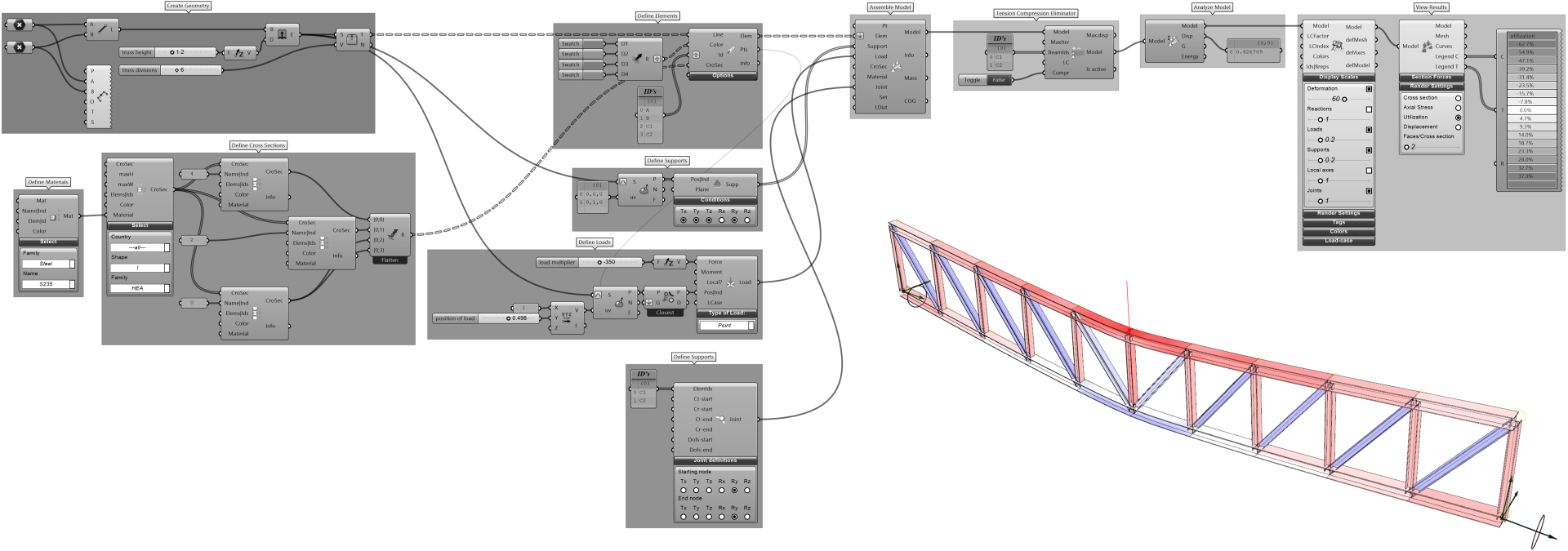
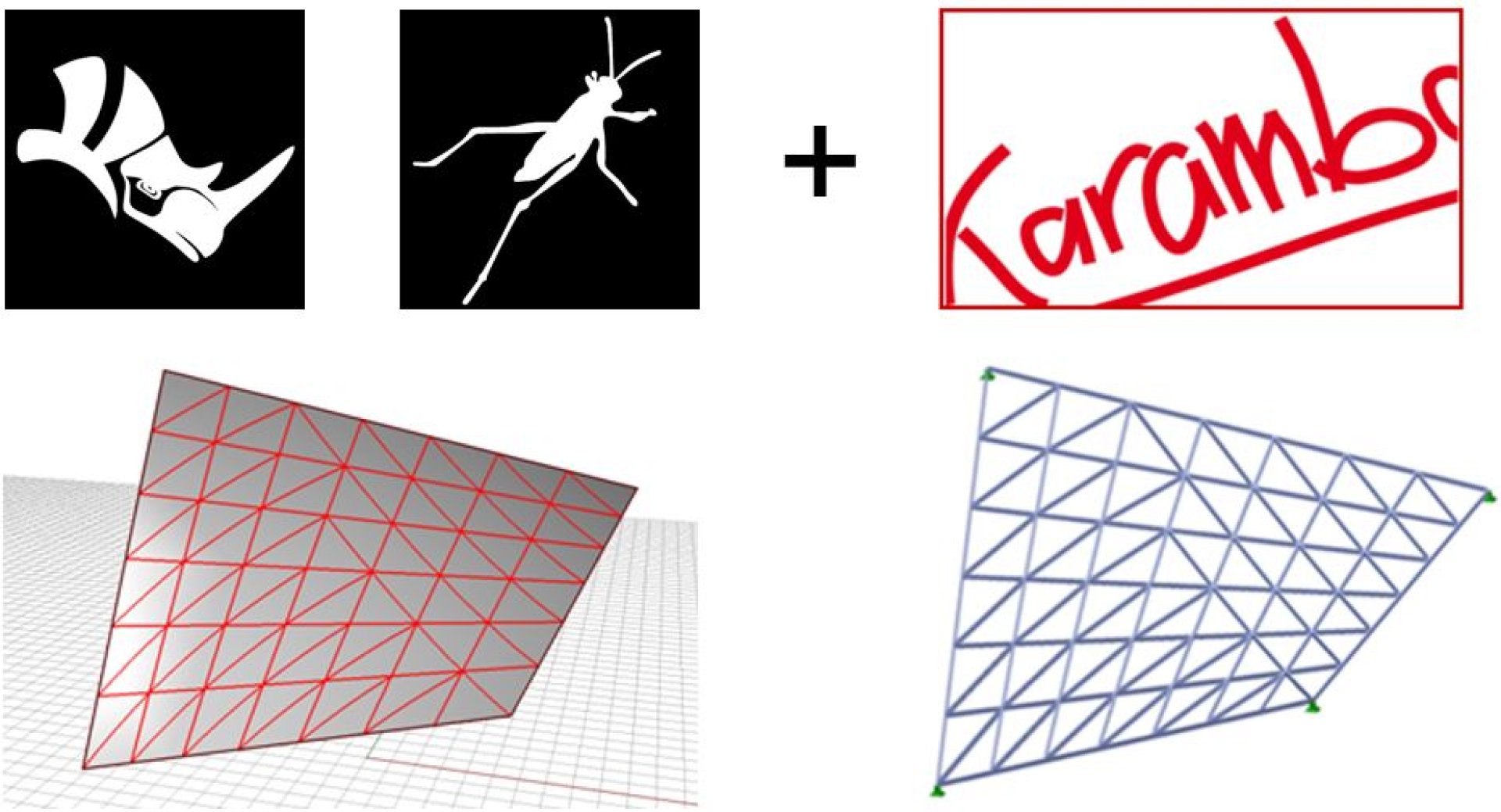
Integration and combination
Karamba3D is a plug-in that can be embedded in the parametric environment of Grasshopper3D in the modelling program Rhinoceros3D. This makes combining parameterised geometric models, Finite Element calculations, and optimisation algorithms like Galapagos, Octopus, and Wallacei easy.
Clemens Preisinger developed the initial computational core of Karamba3D during the research project ‘Algorithmic Generation of Complex Spaceframes’ at the University of Applied Arts Vienna.
Karamba3D sits at the interface between structural engineering, architecture, and product design. It is being developed by a team of architecture and engineering enthusiasts in close cooperation with Bollinger+Grohmann.
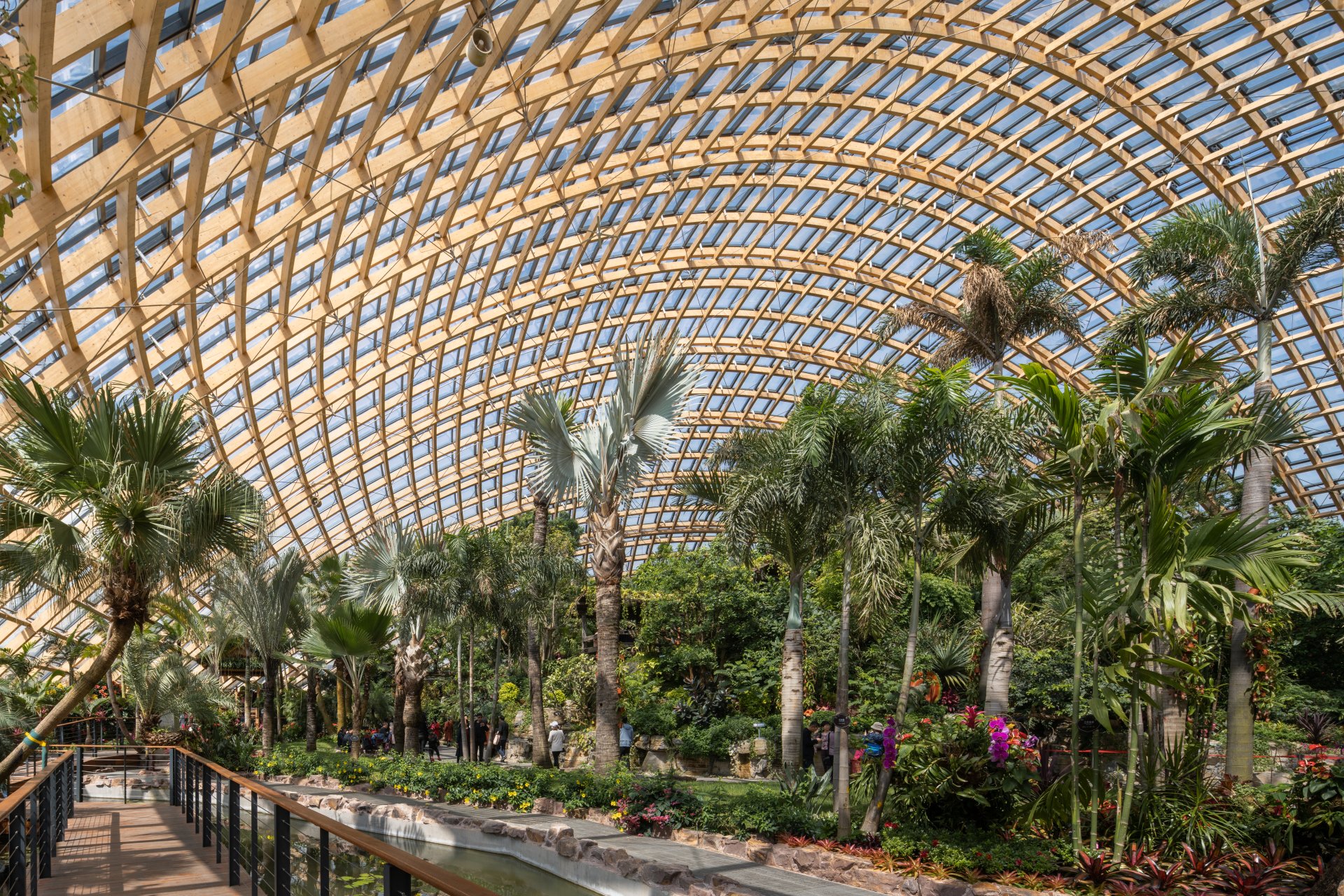
B+G × Karamba3D
We maintain a close affiliation with Karamba3D, which plays a vital day-to-day role. It has been integrated into the workflow of numerous projects in the early design phases, from the competition and project fruition to the design development phase.
Design Exploration
Incorporating Karamba3D into our workflow lets us quickly explore and evaluate different design iterations and how this impacts structural performance. Flexibility during the design phases is essential to delivering a successful project. With this toolset, we can efficiently offer expert advice to our project partners and maintain close working collaborations.
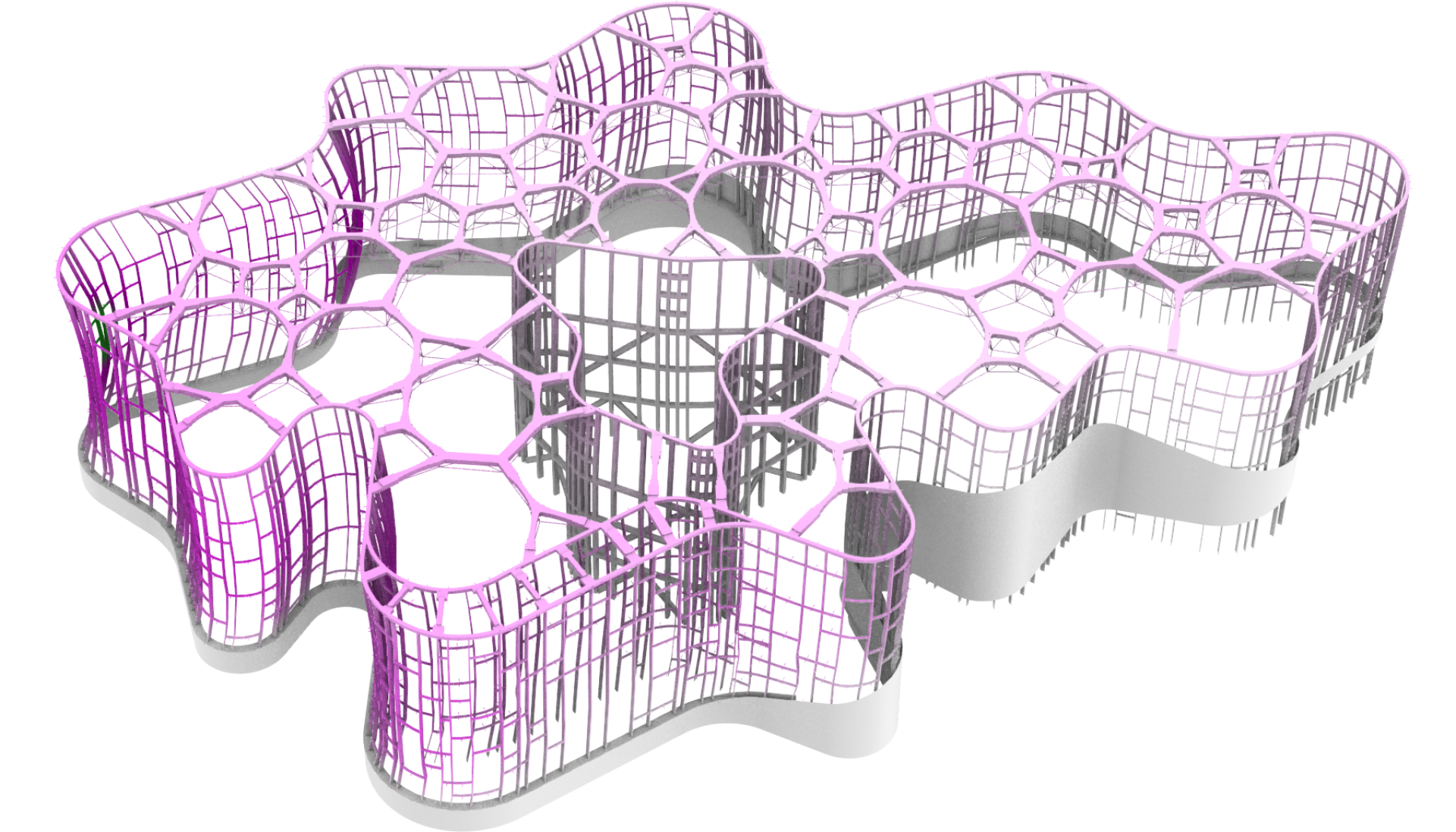
Expo Cultural Park Greenhouse Garden
For the design of the roof structure of the separate pavilions of the greenhouses, it was necessary to reduce the total thickness of the roof package to allow for maximum transparency. With Karamba3D, we studied different structural variations and their impact on the overall architectural design and construction method.
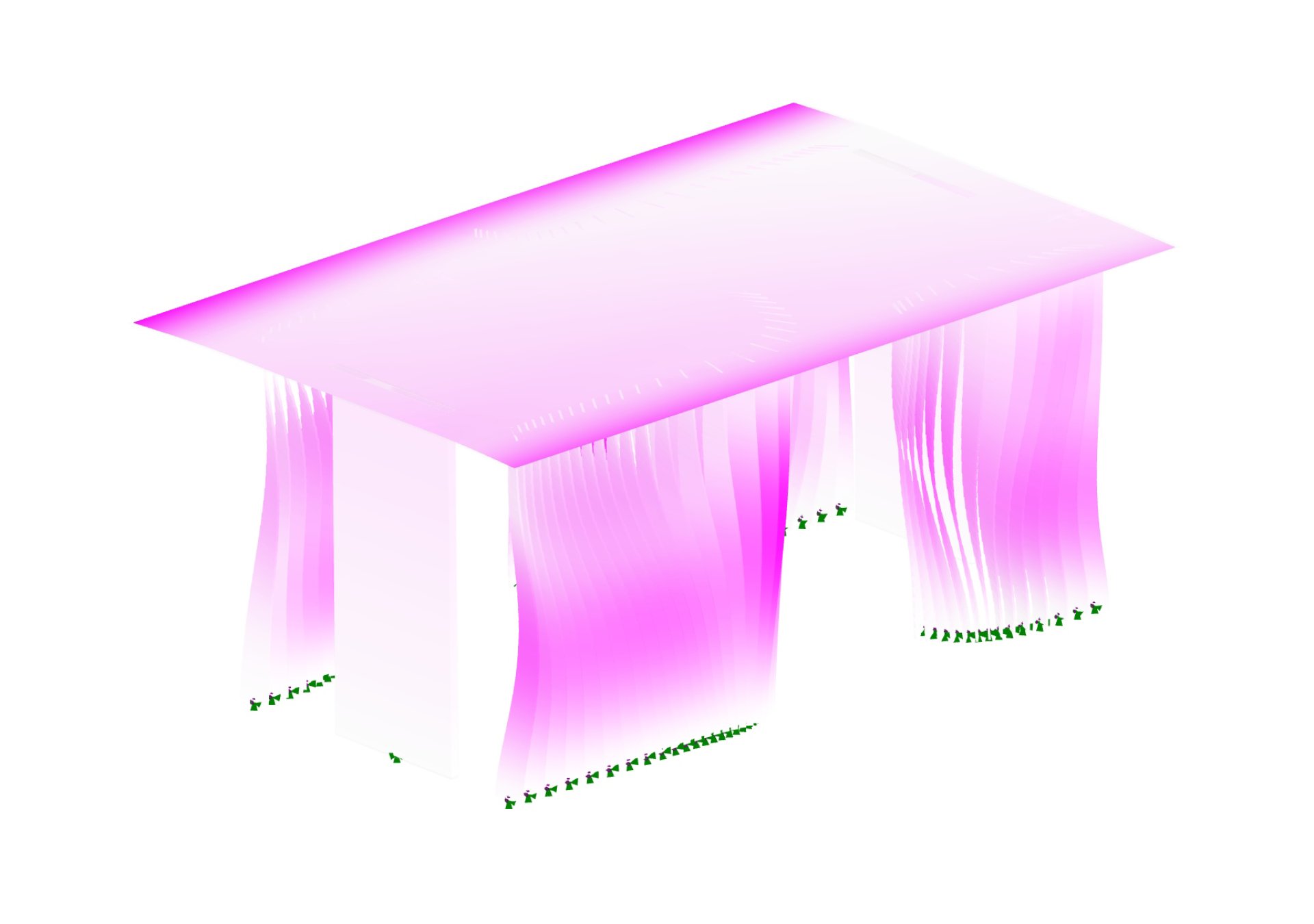
Infopavilions Holzwelt Murau
A total of nine pavilions with three configurations were constructed for Holzwelt Murau. This meant it was important to create a workflow where we could easily transform the geometric input data from the designers into a structural model that we could evaluate. Using Karamba3D, we were able to quickly study the initial behaviour of the structure and how slight changes in the original geometry would affect the stability of the structure.
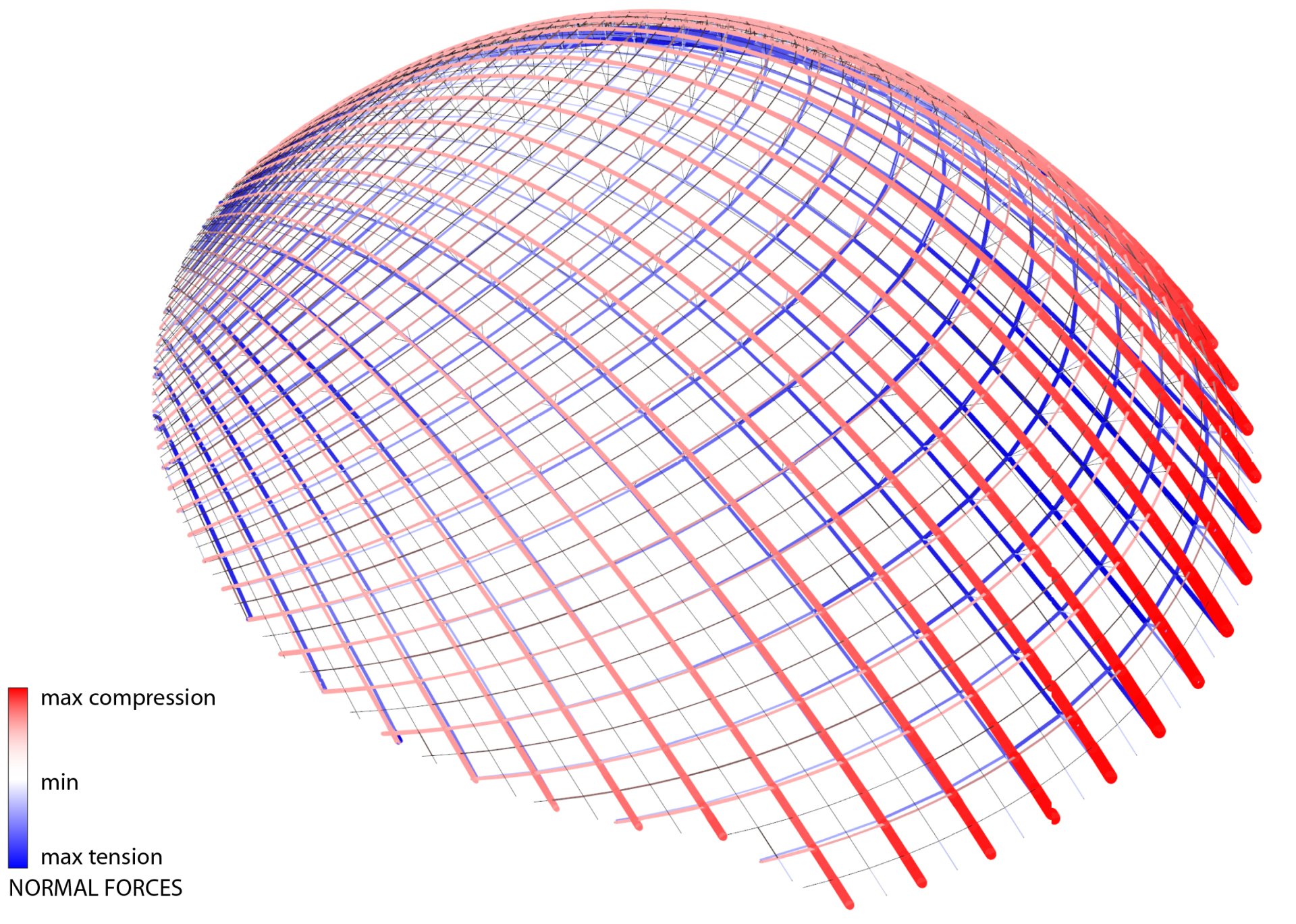
Domes – Taiyuan Botanical Garden
The structural design of three grid shell timber domes was achieved through a collaborative effort between architects and structural engineers, utilising parametric modelling and Karamba3d. This comprehensive approach incorporated design principles, boundary conditions, load-bearing behaviour, and façade geometry into the model. Karamba3d was utilised to assess the global buckling failure through a non-linear calculation module to ensure structural integrity.
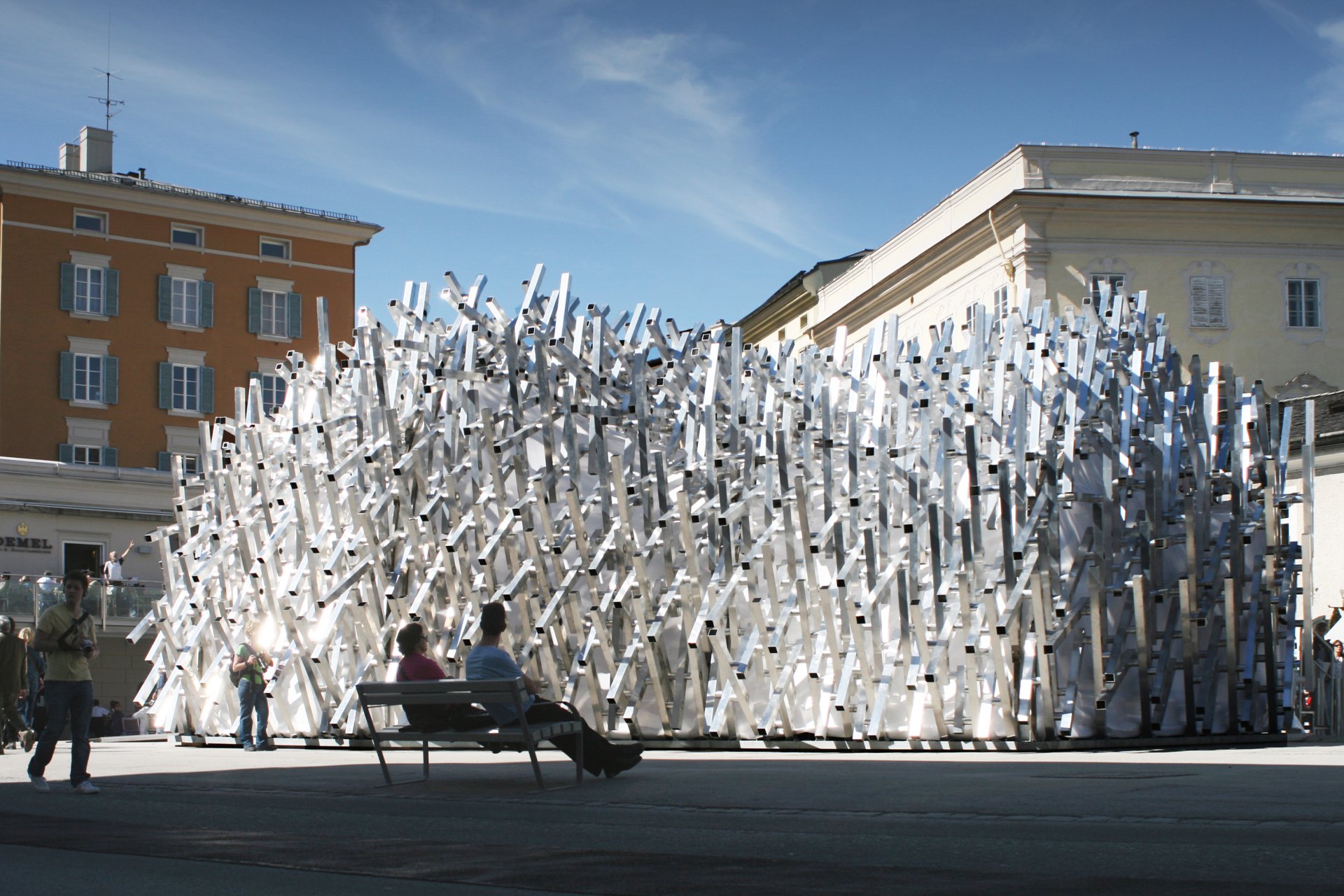
Optimisation and form finding
At every project stage, there exists the opportunity to optimise our structures, and we can enhance the capability of Karamba3D, coupled with other parametric workflows, to find optimal solutions for every design question. This can range from the macro level of influencing the overall design and form of the structure using genetic algorithms to the micro level of identifying the best dimension for a particular structural element.
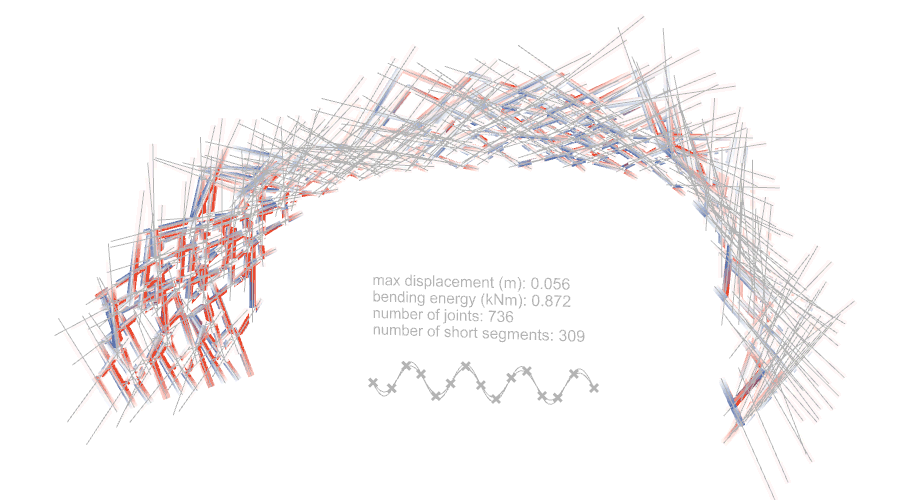
White Noise – a music pavilion
By iteratively changing all beam rotation parameters of the aluminium profiles, a genetic algorithm runs through different structural calculation models in search of the best solution. The evolutionary process finds the beam formation with the smallest deformation and largest stiffness.
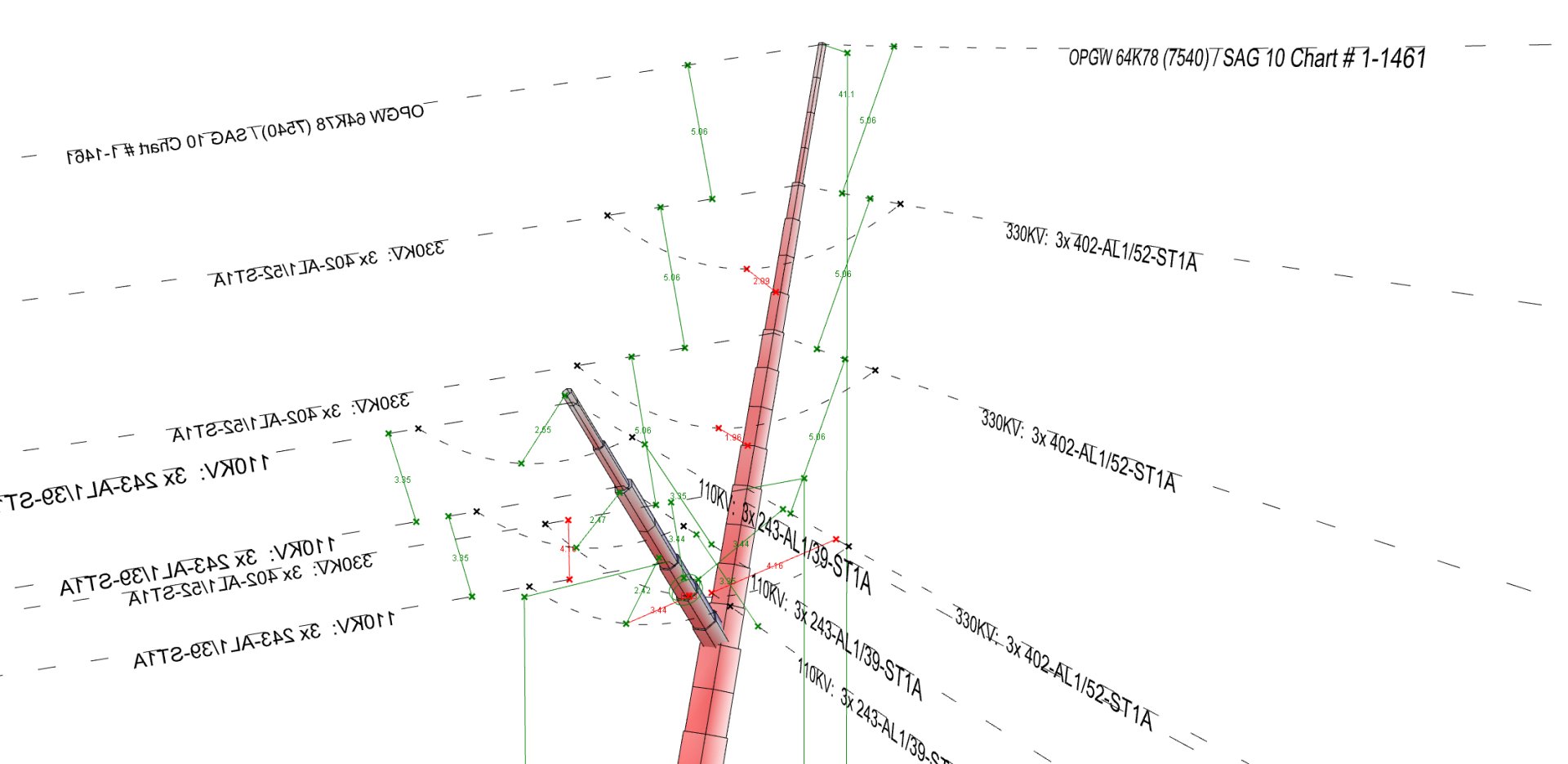
Bog Fox – high voltage pylon
A fully parametric Karamba3D model was used to find the best balance between geometric constraints (cable distances, angles, and lengths) and structural optimisation: cross-section sizes, deformation and utilisation.

Experimentation and novel structural design
Experimentation and investigation of new and novel design techniques and materials are critical in providing state-of-the-art engineering services. Karamba3D plays a crucial role in our Research and Development.
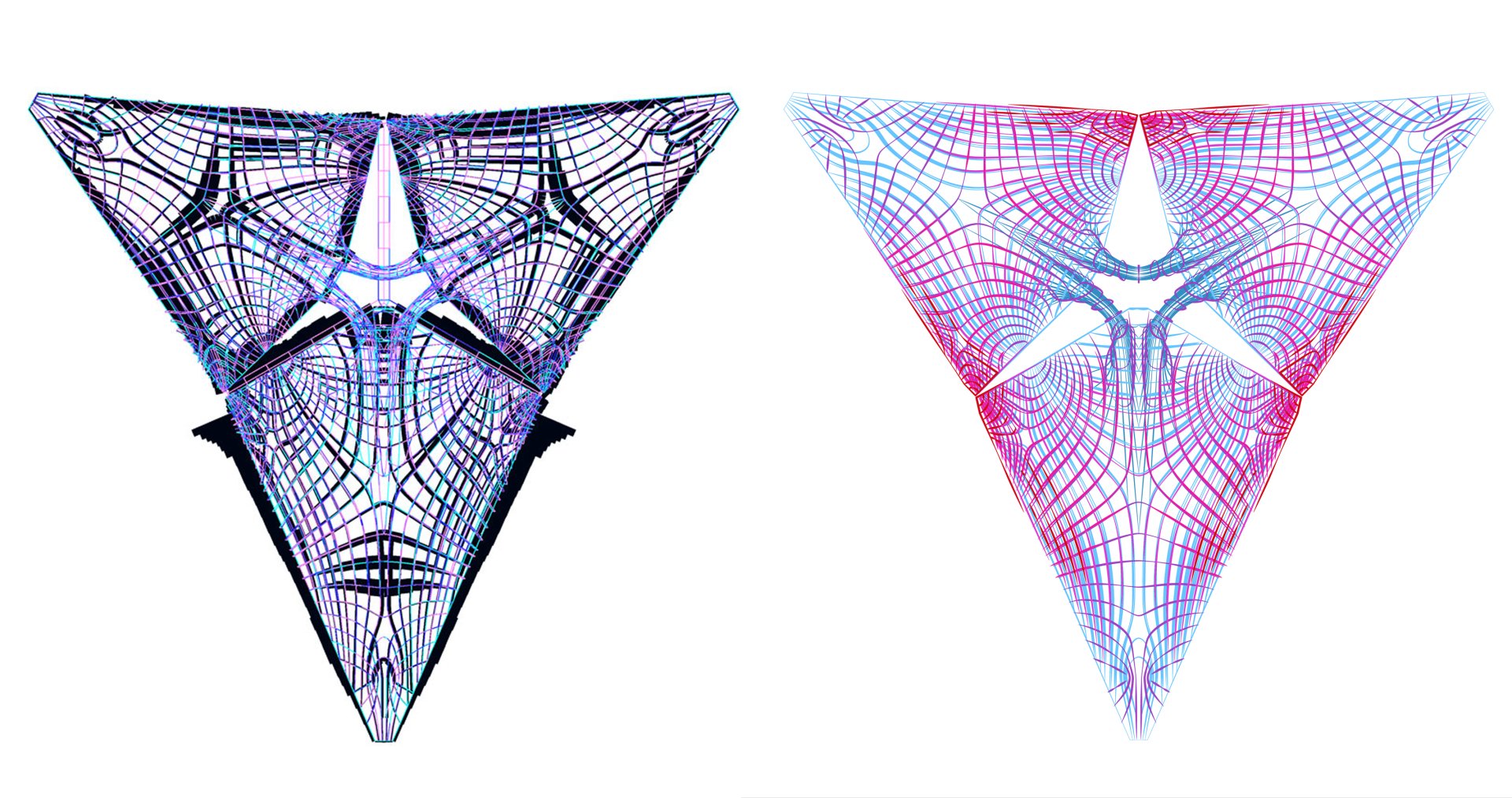
CIAB Pavilion
Parametric Finite Element analysis with Karamba3D was used both as a design tool and to check the pavilion’s integrity according to the codes. A tight workflow between engineer and architect emerged by a direct interface established on a data-data level, facilitating the development of concept, shape, pattern, and details within a few weeks. The shape was modelled and optimised as a shell, using multi-objective evolutionary algorithms to aid decision-making.
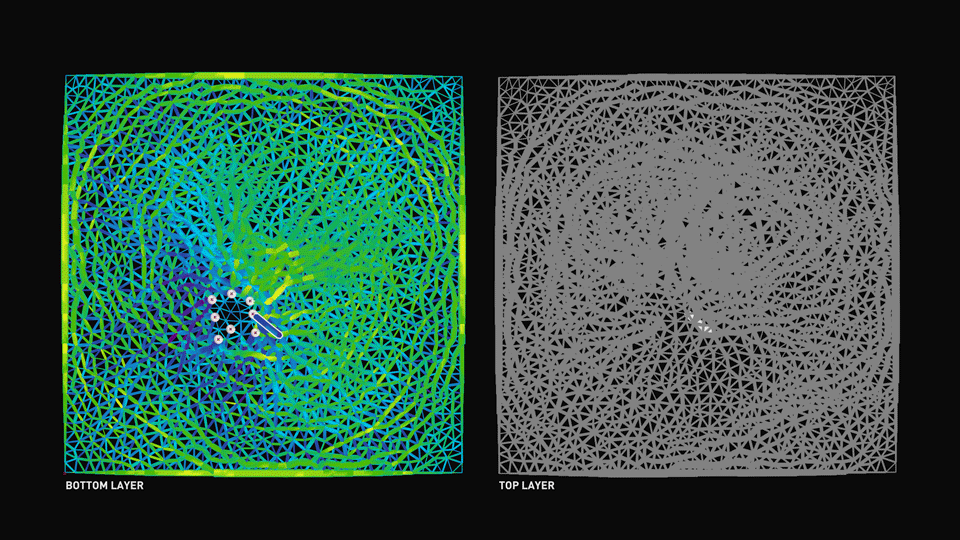
n.formations
‘n.formations – An Atlas of Experiments in Materialized Information’ was an art-based research project exploring the expressive potential of algorithmic modelling in structural design. The project resulted in digital models showcasing various experimental strategies for mapping physical forces into unique structural forms.